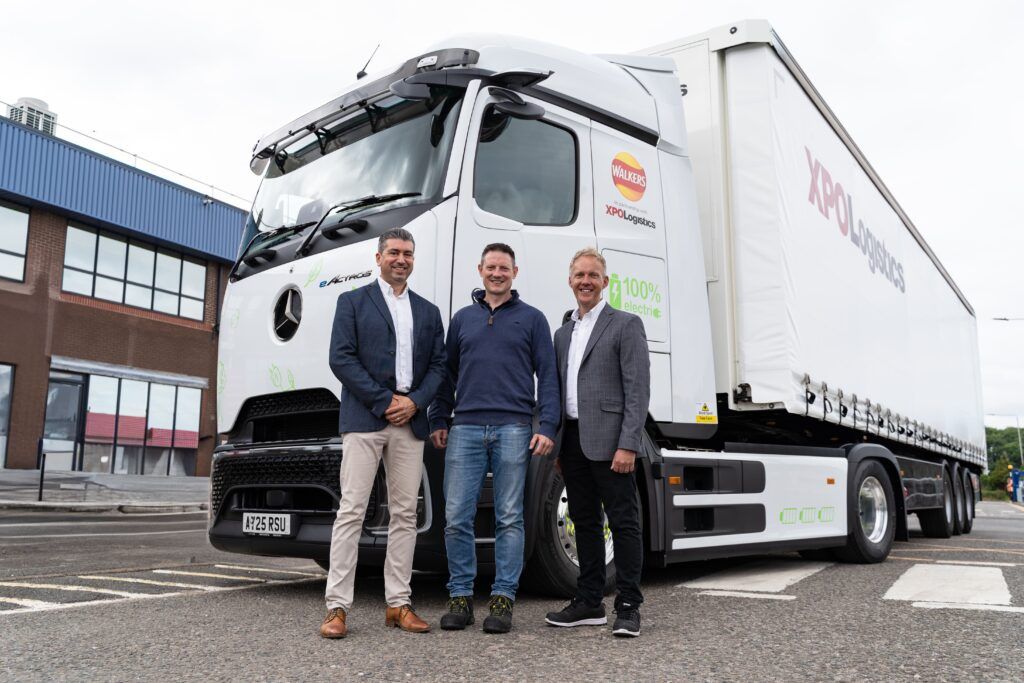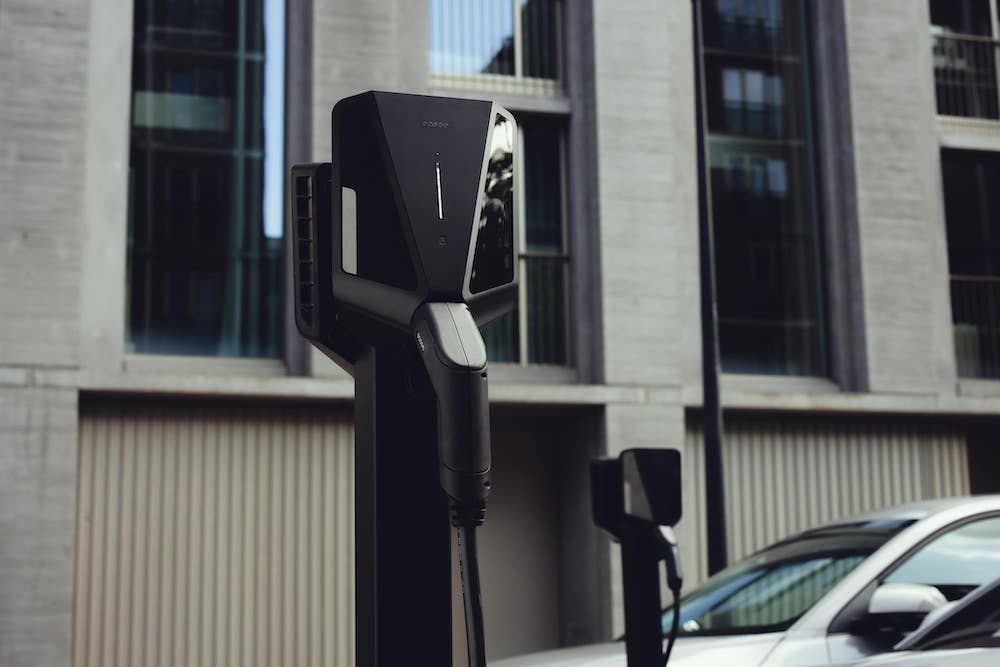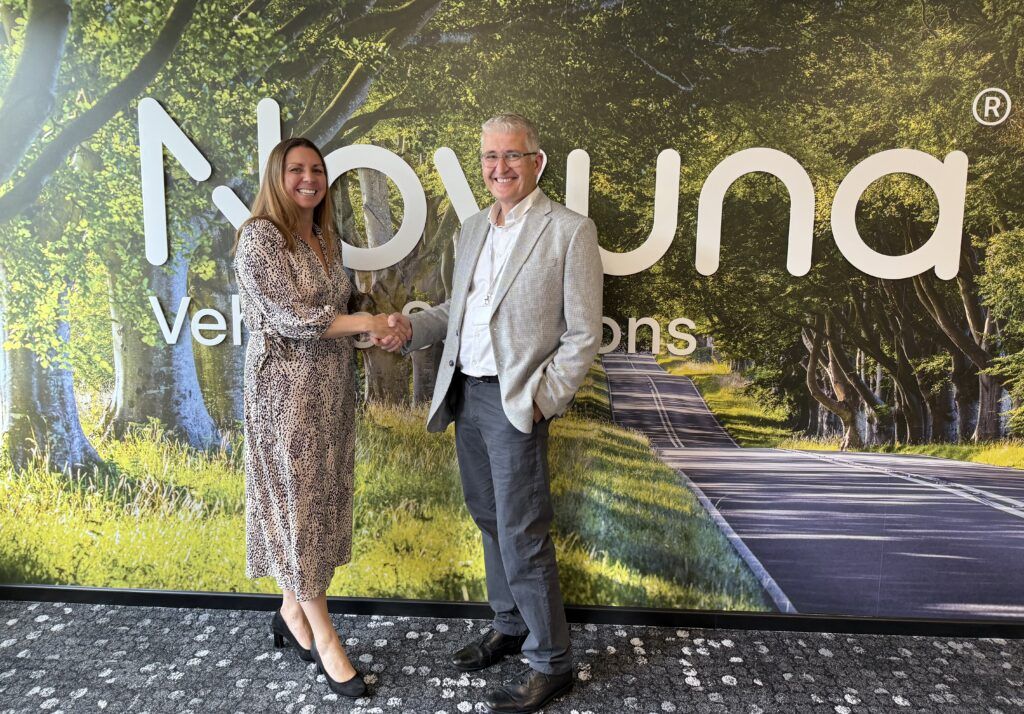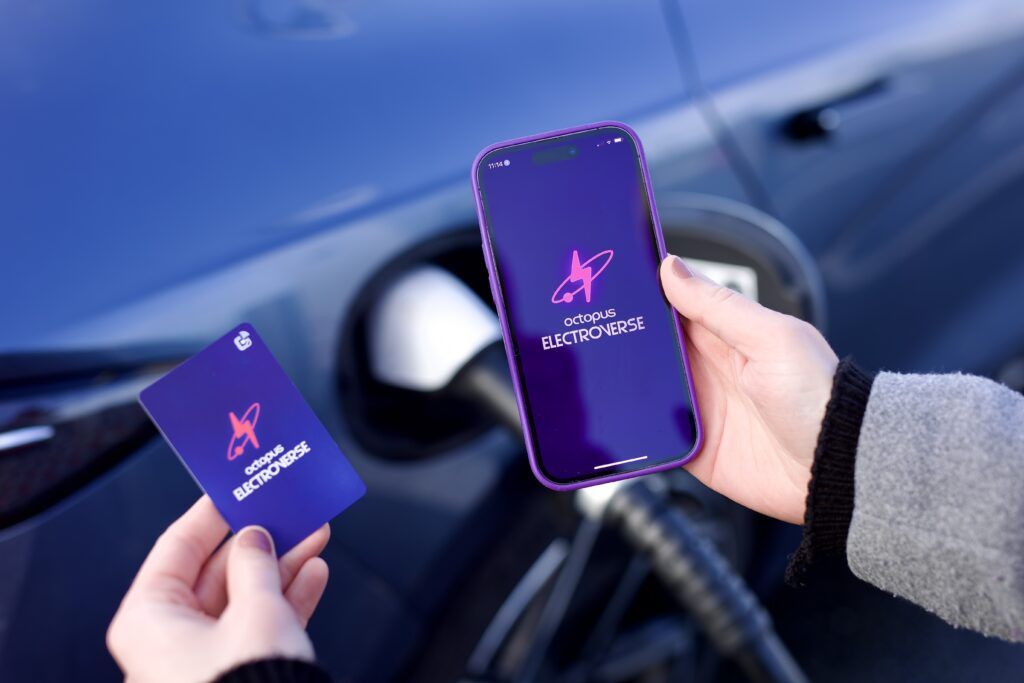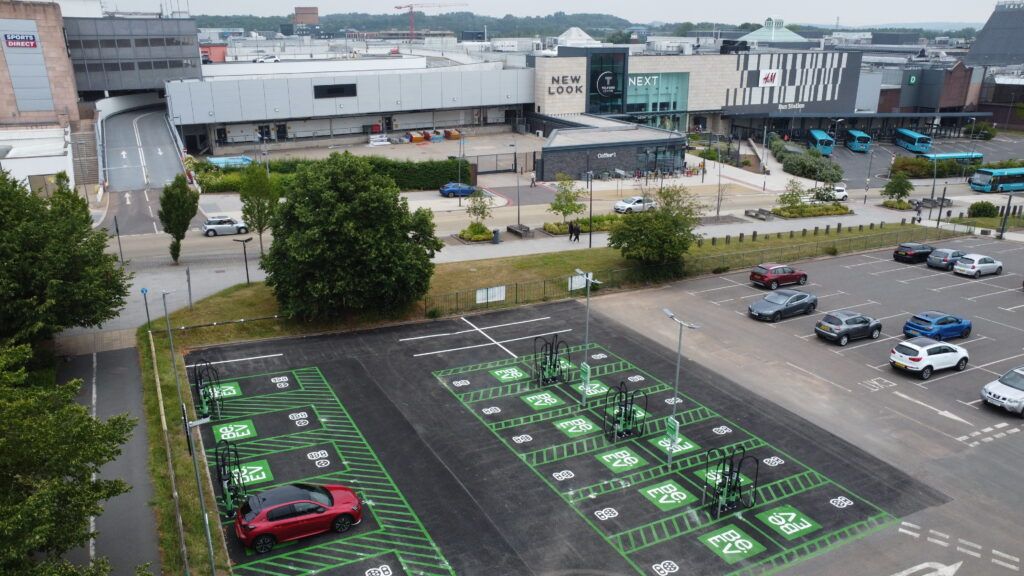Phil New is the Chair of the Electric Vehicle Energy Taskforce (EVET) and Chief Executive of the Energy Systems Catapult. In a wide ranging interview with Transport + Energy, he sets out a plan to ensure that EV drivers have confidence that they can charge their cars anywhere, infrastructure is reliable, and that payment is easy.
To do so, New says a ‘minimum viable standard’ will help articulate what needs to be provided to make car charging fit seamlessly into people’s lives.
EVET brings stakeholders from the energy and automotive sectors together to make suggestions to government and industry to ensure that the GB energy system is ready for and able to facilitate and exploit the mass take up of electric vehicles.
Speaking to Transport + Energy, New said: “It was set up at the behest of ministers in both The Department for Business, Energy and Industrial Strategy (BEIS) and the Department for Transport (DfT) in 2018. What was distinctive and remains distinctive about the taskforce is that I think it was the only forum which brought together representative bodies from across the entire spectrum of stakeholders. Of course, what that meant was that we had to spend a lot of time just building a common glossary and a shared language because it became clear that different sectors use the same words to describe different things or different words to describe the same thing.”
In January 2020 the first EVET report ‘Energising our electric vehicle transition’ was published. This made 21 far-reaching proposals to remove actual or potential barriers and reinforce actual or potential enablers. It focused on key issues and identified when important questions must be resolved.
“These seem to have landed well, and a number of them are being taken forward by government,” comments New. “A number of others are being developed by industry bodies in various forms. After the publication of the report, there was a strong appetite for the taskforce to continue. There were two drivers. The first was the participants themselves. And that includes the government participants, but particularly the representatives of industry and other stakeholders who really saw value in the taskforce acting as this forum, or if you like a clearing house. It acts as a sort of a safe space for conversations about issues of substance to be debated between experts from the respective sectors.
“That was seen as being hugely valuable and worth preserving. The other aspect of it was that there was a desire to see the proposals really pushed forward and turned into action. Already many of them have been taken up by government. But there were some areas where it’s felt that there was some more work that needed to be done to turn the proposal into actionable outcomes. And that has been very much the focus of the last year of the Taskforce.”
There are currently four dedicated working groups which are separated into planning energy and transport, consumer experience, smart charging and cyber security and data accessibility and privacy.
More recently and following the announcement of the ban on the sale of new petrol and diesel vehicles from 2030, EVET’s links with the automotive sector have been reinforced. New explains: “The Automotive Council and Society of Motor Manufacturers and Traders (SMMT), already members of the Taskforce, reached out to extend collaboration on pulling together a sort of a soup to nuts proposal on what needs to happen to underpin delivery of policy goals.
“So, work on what needs to happen to make sure that there is a supply chain to support a manufacturing base in the UK as we transition the making of vehicles from hydrocarbon drive trains to electric drive trains. What needs to happen to ensure that there is a vibrant market and demand for those vehicles. And what needs to happen to make sure that we have robust infrastructure so that that doesn’t become a barrier to uptake and a barrier to delivery.”
This latter point is now the focus of EVET’s next phase of work and is where the ‘minimum viable standard’ comes in.
New, who is also Chief Executive of the Energy Systems Catapult, added: “The minimum viable standard is trying to look at what needs to be put in place so that we can be reasonably confident that there will be a sufficient density of chargepoints with a sufficient range of charging types, and that home charging works well with other domestic energy requirements. That the system delivers a good enough experience that people do not feel that worry about charging their car is a reason not to drive electric.
“It needs to work with different occasions that fit in with people’s lives. It also needs to be sufficiently interoperable that you don’t feel excluded, because you don’t have the right card or you’re not a member of the right scheme. Or you don’t have the right plug. And finally, we must make sure that EV chargers are not only universally accessible but can be relied on to work.”
Meeting challenges
New describes the task ahead as a “system of systems” challenge and believes several sectors must work together.
“You start with drawing a simple Venn diagram, but before you know it, it’s like a bubble bath. You start with two and you end up with sort of a mosaic of bubbles, which is what makes this such a fascinating challenge.
“The minimum viable system is based around what are the requirements of the user of the EV infrastructure? What are the actions that need to be taken to enable those requirements to be delivered? And then finally, how would we quantify what such a system would look like? And I suppose if there was a fourth element it would be who needs to do what?
What are the obligations? So, it’s about taking the original EVET report an important step further forward, because it now really does start to engage in aspects of the physical infrastructure as well.”
Another important element is understanding what needs to happen to make investment in EV charging infrastructure, investable. According to New this would allow the market to lead rather than relying on government support to lead the development of infrastructure at scale.
The proposed government phase out of the sale of new petrol and diesel vehicles coming in from 2030 is helping to focus minds.
“Before net zero (the 2050 deadline) was announced people understood and were doing great work around thinking about what needed to happen to help decarbonise the country. But we had an 80% target that could be interpreted in different ways. The real power of the net zero announcement was that suddenly it shot up people’s agendas and the priority list. I think the 2030 announcement has had the same impact – it has concentrated minds.”
The consumer journey
Bringing consumers on the EV journey will also be important and New doesn’t want to see anyone being excluded.
“I think there’s a huge strand around social equity,” he remarked. “Creating an infrastructure that enables everyone who drives a car to be able to participate and not feel excluded is really important.”
The Transport Decarbonisation Plan (TDP) aims to set out what government, business and society will need to do to deliver the significant greenhouse gas (GHG) emissions reduction needed across all modes of transport, with the aim to put the UK on a pathway to achieving carbon budgets and net zero emissions across every single mode of transport by 2050.
So what would New like to see in the plan?
“EVET is trying to support Government as best it can. And that’s one of the reasons why we’re trying to develop this notion of what a minimum viable system would look like. How government chooses to articulate that will be up to them. But an understanding of what the desired requirements of a system would be and clarity about pathways to deliver it would be very helpful.
“My reflection would be that there is an awful lot of great work and great thinking that’s going on across government, across the regulators, and in the private sector. Innovative new tariffs, new types of charging, etc.
“Perhaps what we need more than anything else is a coherent statement of a plan. What’s missing is a strong narrative that just brings that to life for people and builds their confidence. If the plan can provide a narrative that pulls all these strands together and shows people that there is a plan, then that itself would be a great thing.”
The energy sector will continue to play a key role as the adoption of EVs increases over the coming years. This is a fact that is not lost on New who believes it will pave the way to understanding other demands that will be put on the electricity networks.
“Our networks have a really important role to play. We need to understand that this is all happening in the context of electricity demands probably at least doubling over the next 30 years. I see the electrification of transport as being kind of like a portal. If we can get things right for the electrification of transport, and the change on the system that that represents, then it should make the adaptation and development of the system to cope with other new loads easier and give us confidence that we can deliver that.
“If we mess this first step up, then we’re going to make it much more expensive, much more complicated, and more difficult to do the rest of the job. Either way, EVs will be a catalyst for so many other potential changes around the system.”
According to New, how important is it that the transport and energy sectors work together and what should they be telling each other?
“One area that is often overlooked, which I think will be essential, is data. Working out the data that needs to be shared between these silos. A lot of it won’t need to be but both sectors will need to work out where the real value is, how it is shared, how it is protected, how it is used – to ultimately the benefit of the customer that both sides have in common – which is the EV user.
“That person is the customer of the car company and is the customer of the electricity company. In the interest of this customer, we need to understand and be clear about how data is shared across these silos to best effect to provide the best outcome.
If not we’re at risk of industry actors defaulting to thinking about data as something that only happens within the silo and they don’t think about what needs to be managed to get it to be shared.”
As a multitude of stakeholders continue to work hard to decarbonise both the transport and energy sectors, New is confident the momentum to make things happen is in place and that deadlines will ensure that key objectives are met.
“That is the real value of the deadline. It is easy for people to say the right thing but perhaps not act with urgency. When there is a clear hard deadline, it forces action. What else gives me confidence? It feels as though everyone now acknowledges that this is something that is going to happen anyway and that it’s a good thing. There’s a lot of goodwill and enthusiasm that has positive feeling to it. The positivity around stakeholders and wanting to do the right thing is strong.
“A combination of the natural enthusiasm that many stakeholders have for EVs and the imperative of the deadline means that there’s an enormous amount of positive energy around this. Even though it is complex with lots of things we need to think through and do we’re going with the tide rather than fighting against the tide,” he concludes.




